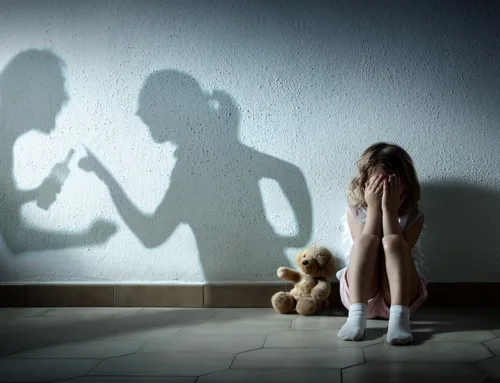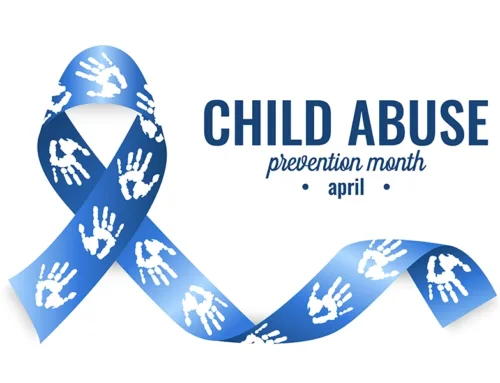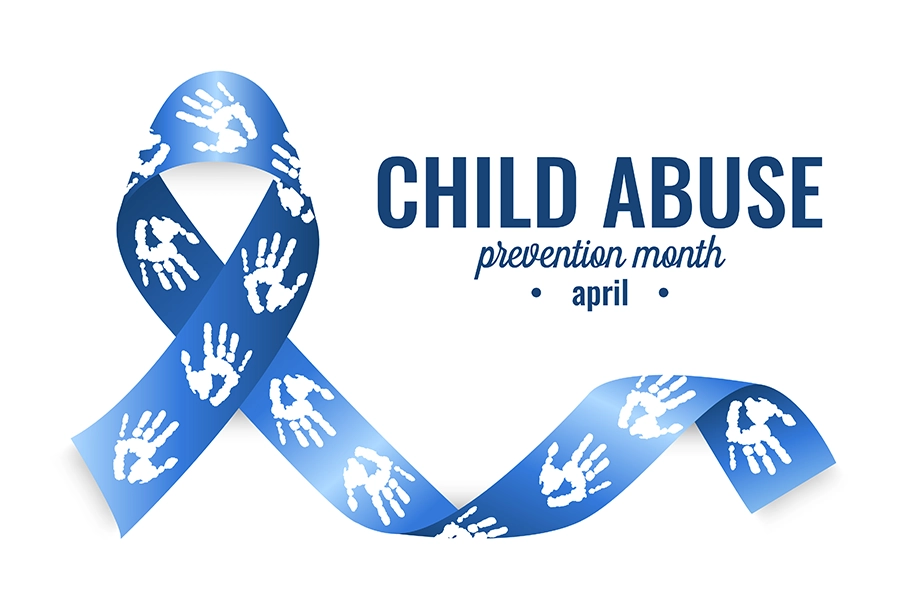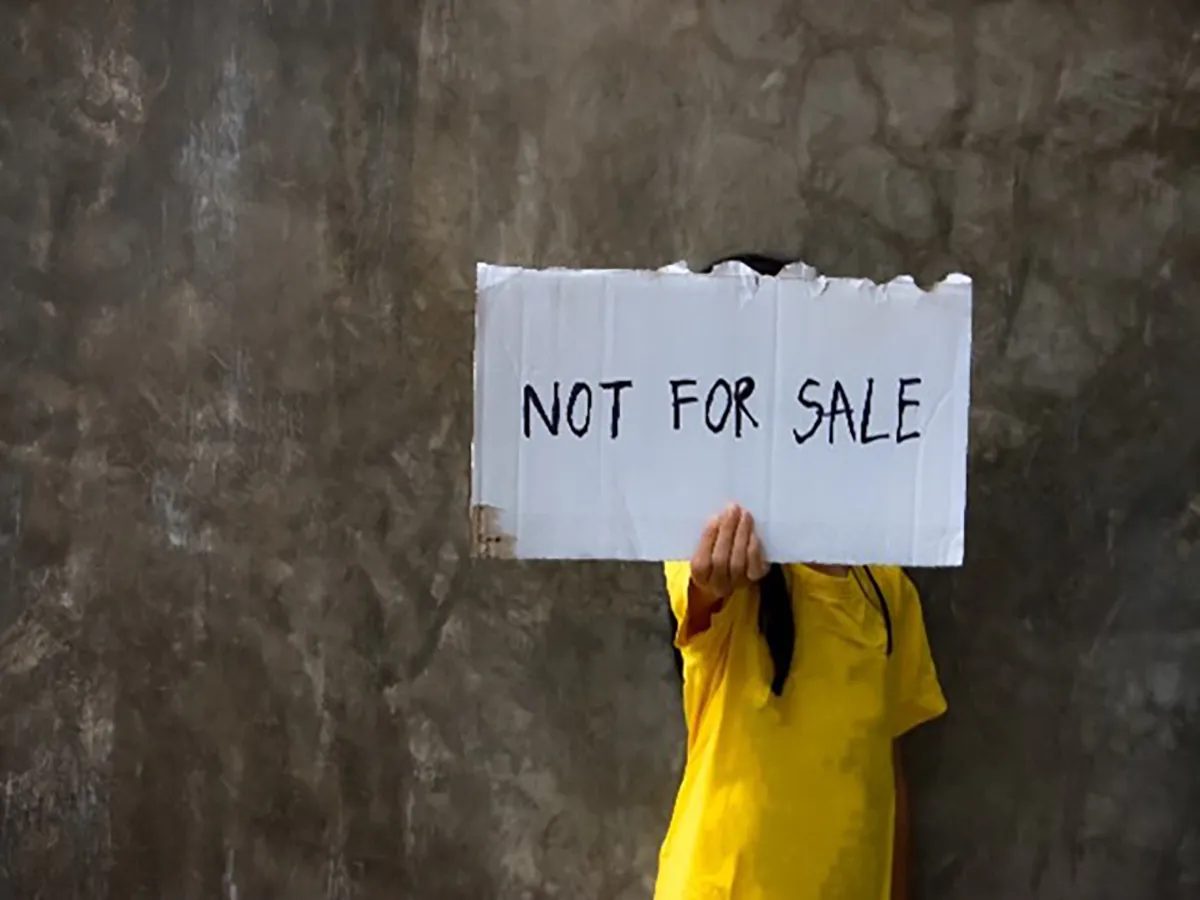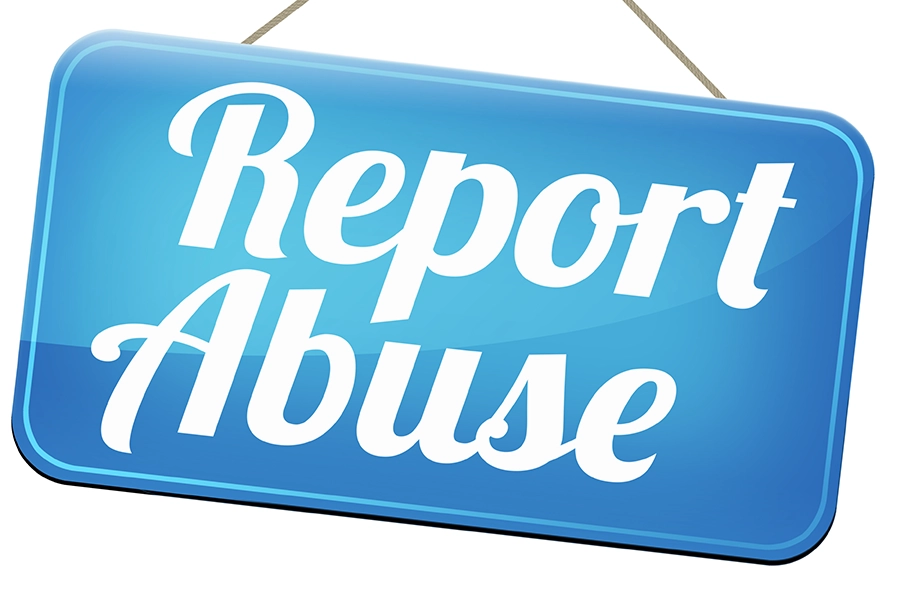
A Guide to Recognizing Child Abuse and Knowing When to Call the DCFS Hotline in Sangamon County, IL
At CASA of Sangamon County, we are committed to safeguarding the well-being of children, and we firmly believe that it is our duty as responsible adults to advocate for and protect them. Child abuse is a pervasive issue that often goes unnoticed or unreported. In Sangamon County, IL, as in many other communities, the Child Protective Services system plays a crucial role in responding to reports of abuse. However, it is alarming to note that, according to the American Youth Policy Forum, only 1 in 10 child abuse cases are confirmed by social services. This discrepancy highlights the urgent need for increased awareness and education on recognizing the signs and symptoms of abuse.
One major obstacle in addressing child abuse is the confusion surrounding what constitutes abuse or neglect. Our guide aims to bridge this knowledge gap by outlining crucial and key indicators that may suggest a child is experiencing abuse or neglect. By providing clear information, we hope to empower individuals to act when they witness potential signs of harm to a child. Fear of false reporting and doubts about the system’s effectiveness are additional barriers that contribute to underreporting. Through education and awareness, we aim to dispel these fears and encourage prompt reporting of suspected abuse to the DCFS hotline. The statistics surrounding child abuse are sobering, emphasizing the critical importance of early intervention.
According to the American SPCC, an alarming five children die every day due to abuse. In 2021 alone, an estimated 1,820 children lost their lives because of abuse and neglect. These numbers underscore the urgency of our mission at CASA of Sangamon County and the importance of community members actively participating in the protection of children. By disseminating knowledge about recognizing and reporting child abuse, we can collectively strive to reduce these heartbreaking statistics and create a safer environment for every child in Sangamon County, IL.
Behavioral Indications
Behavioral indications can serve as crucial signals in identifying potential cases of child abuse in Sangamon County, IL. Understanding and recognizing these signs is vital for early intervention and protection of the child’s well-being. Infants, for instance, may exhibit excessive crying or developmental delays, providing early indicators that something may be amiss in their environment. Fear, anxiety, and excessive clinging are emotional responses that could suggest a child is experiencing distress or maltreatment. Phobias, nightmares, and sleeping problems are additional behavioral cues that may point toward underlying issues. Bedwetting, social withdrawal, and hyperactivity can also be red flags, indicating potential challenges a child is facing.
Poor concentration, distractibility, and decreased school performance may manifest in older children, affecting their academic and social development. Chronic school absenteeism could be indicative of issues at home that are hindering the child’s ability to engage in a normal school routine. Speech disorders and regressive behavior for a child’s age are further behavioral indications that warrant attention. Perhaps one of the most concerning signs is when a child seems afraid of a parent, raising serious concerns about the child’s safety and well-being within the family unit. At CASA of Sangamon County, we encourage you to read the guide provided by Standford Medicine to become familiar with more behavioral signs that a child is being abused.
Physical Indications
Recognizing physical indications of child abuse is crucial for identifying and addressing cases of neglect or maltreatment. Beyond behavioral signs, certain physical signs may serve as red flags, signaling potential harm to a child. Bruises, broken or fractured bones, burns, scalds, and bite marks are visible indicators that a child may be experiencing physical abuse. Scarring can also be an alarming sign, suggesting a history of harm that may be ongoing. Additionally, the effects of poisoning, such as vomiting, drowsiness, or seizures, can be indicative of intentional harm. Breathing problems arising from drowning, suffocation, or poisoning are severe indicators that require immediate attention. Swelling, unexplained bruising, fractures, extreme sleepiness or unconsciousness, and persistent breathing problems should all raise concerns regarding a child’s safety and well-being. Beyond the immediate physical harm, poor hygiene, inappropriate dressing for weather conditions, and failure to thrive—characterized by poor weight gain and malnutrition—are signs of neglect that should not be overlooked.
Lack of care for medical needs, including wound care and medication, poses significant risks to a child’s health. Unusual behavior, such as irritability or feeding difficulties, can also be indicative of underlying issues. At CASA of Sangamon County, we advocate for the protection of children, and we strongly encourage individuals to familiarize themselves with the guide provided by the NSPCC. This resource offers valuable insights into recognizing the physical signs of abuse, empowering individuals to take prompt action and ensure the safety of vulnerable children in our community.
Parental Warning Signs
Recognizing parental warning signs is a critical aspect of identifying and addressing child abuse, emphasizing the importance of assessing not only the child’s well-being but also the behaviors exhibited by their caregivers. The Mayo Clinic provides valuable insights into parental behavioral signs that may indicate potential issues within the family dynamic. These signs serve as red flags, prompting the need for intervention to ensure the safety and protection of the child. One concerning parental warning sign is when a caregiver shows little concern for the child’s welfare. A parent’s inability to recognize the physical or emotional distress of their child is another troubling indicator. Blaming the child for problems, consistently belittling, or berating them, and using negative terms such as “worthless” or “evil” are forms of emotional abuse that can have lasting impacts on a child’s well-being.
Parents who expect their child to provide excessive attention and care while displaying jealousy towards other family members can create an unhealthy and potentially abusive environment. The use of harsh physical discipline, demanding inappropriate levels of physical or academic performance, and severely limiting the child’s contact with others are additional signs that require attention and intervention. At CASA of Sangamon County, we emphasize the significance of recognizing these parental warning signs to protect children from potential harm. We encourage readers to explore the Mayo Clinic’s guide to recognizing parental behavioral signs, as it provides valuable information for individuals to be vigilant and proactive in ensuring the well-being of children in their communities. By understanding and addressing both child and parental indicators, we can collectively work towards creating safer environments for all children.
When to Call the DCFS Hotline
Knowing when to call the Department of Children and Family Services (DCFS) is a critical step in safeguarding the well-being of children, and at CASA of Sangamon County, we advocate for the importance of acting when abuse or neglect is suspected. If key factors indicate that a child may be experiencing maltreatment, it becomes an ethical responsibility to report the situation promptly. The DCFS Hotline serves as a crucial resource for initiating intervention and protecting vulnerable children from potential harm. Alarming statistics from the Illinois Department of DCFS reveal that as much as 70% of child abuse cases go unreported. Even more concerning is the fact that a child may disclose their abuse to seven different adults before an official report is made. This underscores the need for increased awareness and proactive involvement from community members. It is imperative to take any disclosures from children seriously, pay careful attention to signs of abuse, and ask relevant questions to gather necessary information.
In situations where a child comes forward with potential signs of abuse or neglect, it is essential to prioritize their safety and well-being. Reporting to the DCFS Hotline becomes a crucial step in ensuring that appropriate measures are taken to investigate and address the concerns raised. By encouraging a proactive approach to reporting, we can collectively contribute to closing the gap in unreported cases and, more importantly, protect the children who may be suffering in silence. At CASA of Sangamon County, we believe that every individual has a role to play in creating a safer environment for children and reporting suspected abuse is a fundamental step towards that shared goal.
Safeguarding Children from the Impact of Domestic Violence
Safeguarding children from the profound impact of domestic [...]
A Guide to Becoming a Foster Parent & Transforming Lives in Sangamon County, IL
In Sangamon County, IL, and across Illinois, the [...]
A Guide to Recognizing Child Abuse and Knowing When to Call the DCFS Hotline in Sangamon County, IL
At CASA of Sangamon County, we are committed [...]
CASA of Sangamon County is Uniting Against Child Abuse this April
In a powerful and unwavering stand against child [...]
Protecting Youth in Sangamon County, IL from Sextortion
Sextortion, a menacing act of online exploitation, casts [...]
Nurturing Mental Health & Addressing Trauma in Children
Welcome to the extraordinary journey of foster parenting, [...]
Shedding Light on Human Trafficking: Understanding, Identifying and Protecting Our Youth
As advocates for the well-being of our community's [...]
CASA Plays a Critical Role in Educational Advocacy for Children in Foster Care
Children in foster care often face numerous challenges, [...]

